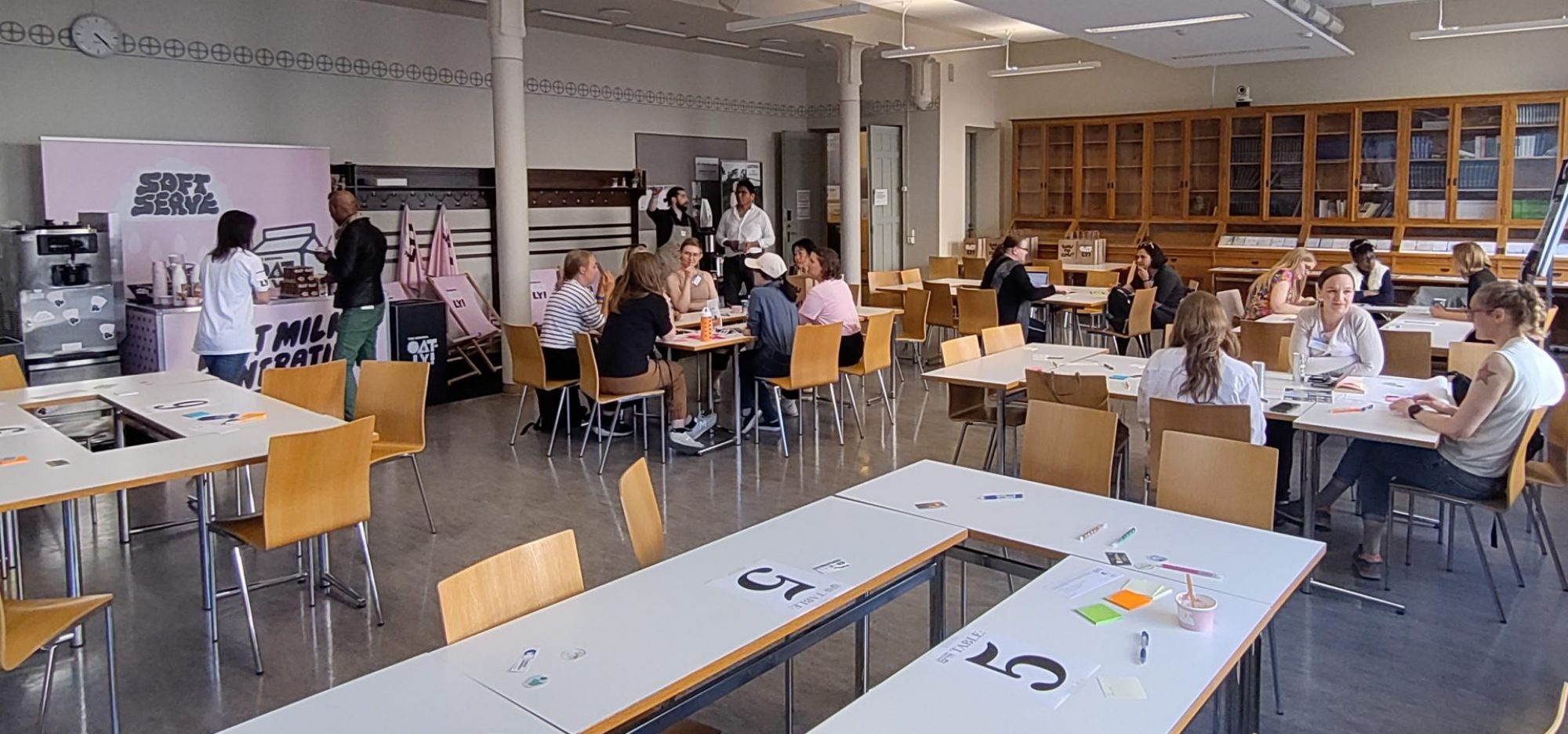Session questions(s):
How can we educate the consumers on the impact of unsustainable in comparison to sustainable choices?
Our Carbon footprint labelling is not as much in the awareness of people, not even our own costumers.
What & how can we communicate in a more impactful way?
Do we need to combine sustainability with other relevant topics such as health or do we need a totally different indicator such as environmental cost?
How can sustainable consumer choices be communicated without sounding like greenwashing?
What comes after sustainability? When sustainability is “reached”, or the market is overs saturated, or the word is completely co-opted, then what can/could/should a company like Oatly do?
Session description:
The session was introduced with a bit of background of where Oatly is in terms of Sustainability and the current challenges.
Ideas on how people can be reached and what needs to be done to continue on the plant-based revolution, not only regarding communication but also in terms of availability/visibility.
Session lesson(s):
– Fun communication as we do in Oatly is an important entry point for sustainability discussions
– Full transparency on what is going good & bad
– Combine environmental more with Social sustainability (also look at farming)
– Have plant-based options at every public event as a choice (or default?)
– Challenge existing policies (supporting the old system)
– Communicate more around how to use plant-based products
– Widen the stereotype around plant-based (not just hipsters)
– Widen narrative on “you don’t need to be vegan to buy plant-milk” Flexitarian
– Include farmers in the discussion
Questions arising:
– Is sustainability done at consumers end or production end?
– Sustainability from customer making the choice vs. from the producers making choices?
– Is it already expected to be sustainable?
– Is sustainability the decisive reason or just “nice to have”?
– Should there be specific stores to curate sustainable food?
Session keyword(s):
sustainability education, communication, sustainable food
Lena Lölfing
Oatly

